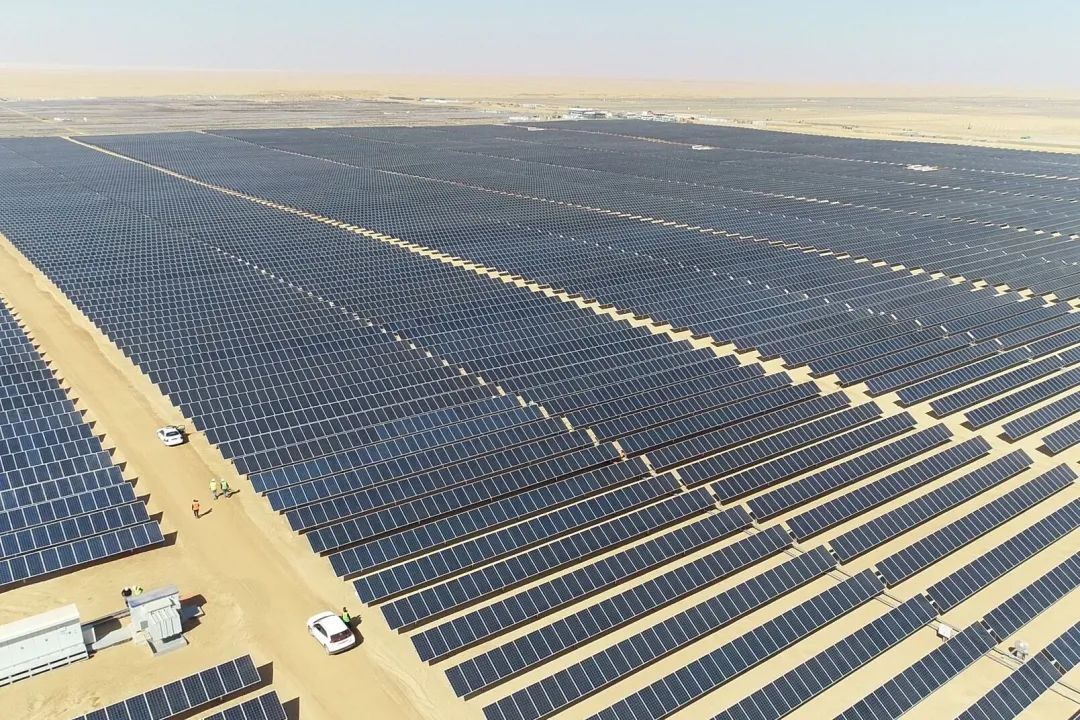In the wave of energy revolution, solar power plants are changing the global energy landscape at an unprecedented speed. From the vast Gobi Desert to the rooftops of cities, photovoltaic panels are converting sunlight into clean electricity, injecting new energy into the sustainable development of human society.
1、 The development status of solar power stations: The global installed capacity of solar power continues to rise, with a new installed capacity of 268GW in 2022, setting a new historical high. As the world’s largest solar energy market, China’s cumulative installed capacity has exceeded 400GW, accounting for more than one-third of the global total. Technological progress has driven the continuous decline in the cost of photovoltaic power generation, with a decrease of over 80% in the past decade, making solar energy one of the most economical ways of generating electricity. The rapid development of distributed photovoltaic power stations is particularly noteworthy. More and more households and businesses are choosing to install photovoltaic systems on their roofs, which can meet their own electricity needs and also integrate excess electricity into the grid. This decentralized energy supply model is reshaping the traditional energy system.
2、 The technological breakthrough of solar power plants has continuously improved the conversion efficiency of photovoltaic cells, with laboratory efficiency exceeding 47% and commercial product efficiency generally exceeding 22%. The breakthroughs in technologies such as new perovskite cells and heterojunction cells have brought new development opportunities for the photovoltaic industry. The advancement of energy storage technology has effectively solved the intermittent problem of solar power generation. The cost of energy storage systems such as lithium batteries and flow batteries continues to decrease, while their performance continues to improve.
The intelligent operation and maintenance system is changing the management mode of power plants. Through the Internet of Things, big data, and artificial intelligence technologies, power plants can achieve remote monitoring, fault diagnosis, and intelligent scheduling, greatly improving operational efficiency. The application of digital twin technology makes power station management more precise and efficient.
3、 The future prospects of solar power plants: With technological advancements and economies of scale, the cost of solar power generation will continue to decrease. It is expected that by 2030, the cost of photovoltaic power generation will drop below 0.1 yuan/kWh, becoming the most competitive form of energy. The integration of solar power generation with fields such as construction and transportation will become even closer, and application scenarios such as photovoltaic building integration and solar powered vehicles will become more popular.
Solar power plants will play a crucial role in the energy transition. It is expected that by 2050, solar energy will account for over 40% of global electricity generation and become the dominant energy source. This will not only significantly reduce carbon emissions, but also promote the process of energy democratization, allowing more people to enjoy the benefits of clean energy.
The development of solar power stations is ushering in a new era of energy. With technological advancements and innovative applications, solar energy will play an increasingly important role in the future energy system. This is not only an energy revolution, but also an important step for human civilization to move towards sustainable development. Let us join hands to build a clean energy future and leave a better home for future generations.
- Store Location
- Track Your Order
- Call Us For Enquiry
- Welcome to Radios. We provides Best Electronics item
2025-07-18




